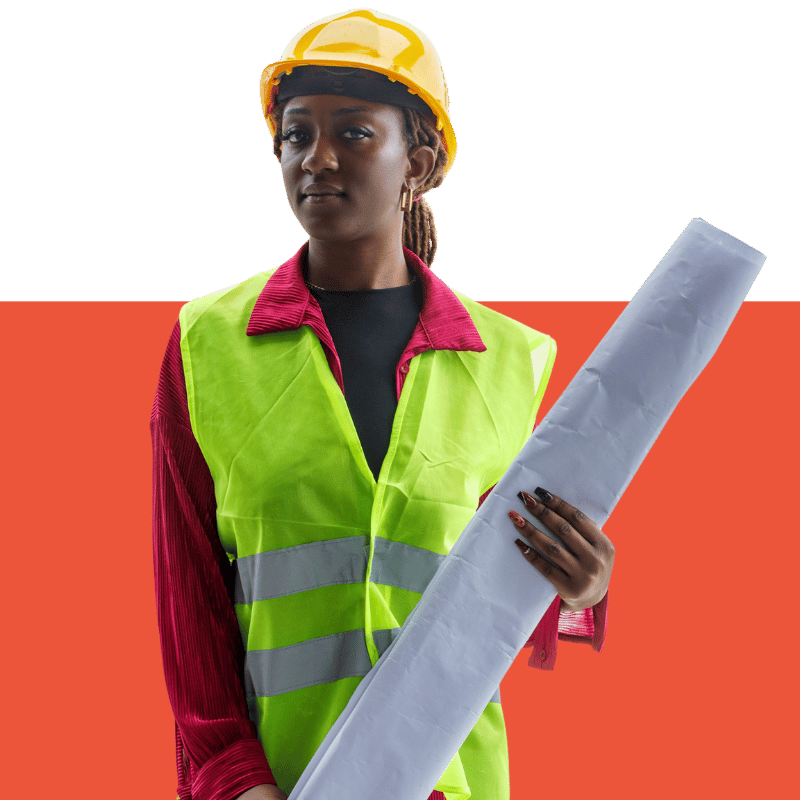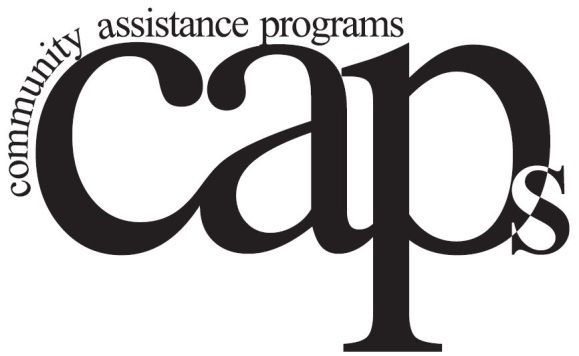Chicago Construction Workforce Equity Ordinance
The unionized construction trades offer Chicagoans a proven pathway to economic security, providing workers with marketable skills, competitive wages, and full benefits. However, there are systemic barriers that have historically excluded women and people of color – particularly Black individuals – from this workforce. The result: in Cook County less than 5% of apprentices are women, and only 6% of Chicago construction workers are African Americans. Data also shows that ⅔ of minority and women apprentices drop out of union apprentice programs prior to completion.
And our communities are hurting, in part, because of these exclusionary practices. Women and people of color, under-represented in the construction trades, are overrepresented among the ranks of the city’s poor. The poverty rate for Black women in Chicago is nearly three times that of white men, and more than 40% of Chicago’s young Black men are out of school and unemployed. Unionized construction has the potential to contribute a significant number of good paying, high-quality jobs for these marginalized groups.
While billions in infrastructure and capital funding has been committed by the city, state, and federal governments, the new Trump administration has decisively rolled back federal diversity, equity and inclusion efforts that had asserted that the jobs created by these investments should be available to everyone. The City must stand up and pledge to make concrete efforts so that public and private dollars for construction in Chicago will be leveraged to create actual economic opportunities and family-sustaining careers for the communities most in need.
Now is the time for the City Council to act and implement policies that provide solutions to racial and gender inequities in the construction trades.
To be effective, these solutions must include:

Robust enforcement by the City
- The City must create an Office or Division of Construction Workforce Equity to provide oversight of contractor efforts for equitable hiring and enforcement of equity requirements in municipal code section 2-92-390.
- City staff must analyze weekly payroll reports to monitor progress and hours worked, and provide on-site monitoring of workforce training opportunities, work assignments, distribution of available overtime, access to properly fitted PPE and sanitary facilities, and compliance with anti-harassment laws, and provide an opportunity for workers to complete a survey about their experiences.
- Establish penalties for non-compliance including liquidated damages and enforcing remediation plans.
Real community oversight through an advisory board
- The City must establish an advisory board made up of key stakeholders including City Departments, labor unions, contractors, and community-based organizations to review detailed workforce data on active projects to evaluate compliance in hiring and retention from underrepresented groups and promote equal employment opportunity on City-funded projects.
- The advisory board will advise on benchmarks, policy solutions, corrective action and penalties that drive towards workforce equity.
Funding for support services to eliminate barriers to employment
- The City must provide funding for barrier removal for new workers and pre-apprenticeship training targeted at women and people of color to prepare them to enter the industry.
Data transparency and accountability from contractors and the City
- The City must create a public website where performance on equity goals by project and contractor will be shared.
- This data shall be timely provided and include work hours by race and ethnicity, gender, and trade.
- The City must publicize projections of needed workforce for projects as well as anticipated apprenticeship openings, and advertise all job openings online.

The Chicago Construction Workforce Equity Coalition, led by Chicago Women in Trades, Revolution Workshop, the Chicago Jobs Council, the Chicago Urban League, the Shriver Center on Poverty Law, and Community Assistance Programs has drafted comprehensive ordinance language in collaboration with tradeswomen of color, minority contractor organizations, and other industry stakeholders.
The Chicago Construction Workforce Equity Ordinance takes concrete action to improve access to and retention in these careers for underrepresented groups, requires the City to provide the staffing and resources to implement and enforce new requirements, brings all industry stakeholders together to assist with oversight, and requires public reporting of data to provide accountability on performance.
To sign on as a sponsor for this ordinance contact:
Beth Berendsen
bberendsen@cwit.org
(312) 259-4459
Supporters






Sign on as a sponsor of this ordinance, contact: Beth Berendsen at bberendsen@cwit.org or (312) 259-4459
Take Action
Lorem ipsum dolor sit amet, consectetur adipiscing elit. Morbi id lacinia mi. Sed cursus nunc nec ligula sagittis, mattis euismod augue fermentum. Phasellus volutpat tellus eu vestibulum varius. Donec ac rutrum quam. Nullam nec sodales felis. Nunc tortor tellus, condimentum tincidunt magna vel, consequat suscipit est. Curabitur eget efficitur turpis. Nullam ut ultricies quam, eu venenatis libero. Suspendisse molestie tempor ligula, eget suscipit diam sagittis in. Phasellus nisi leo, posuere eu commodo non, luctus quis lacus. Nullam quis velit in ante aliquam facilisis.
Placeholder for Action Network Form
Updates About This Campaign
Update #1
Lorem ipsum dolor sit amet, consectetur adipiscing elit, sed do eiusmod tempor incididunt ut labore et dolore magna aliqua. Ut enim ad minim veniam, quis nostrud exercitation ullamco laboris nisi ut aliquip ex ea commodo consequat.
Update #2
Lorem ipsum dolor sit amet, consectetur adipiscing elit, sed do eiusmod tempor incididunt ut labore et dolore magna aliqua. Ut enim ad minim veniam, quis nostrud exercitation ullamco laboris nisi ut aliquip ex ea commodo consequat.
Update #3
Lorem ipsum dolor sit amet, consectetur adipiscing elit, sed do eiusmod tempor incididunt ut labore et dolore magna aliqua. Ut enim ad minim veniam, quis nostrud exercitation ullamco laboris nisi ut aliquip ex ea commodo consequat.
Update #4
Lorem ipsum dolor sit amet, consectetur adipiscing elit, sed do eiusmod tempor incididunt ut labore et dolore magna aliqua. Ut enim ad minim veniam, quis nostrud exercitation ullamco laboris nisi ut aliquip ex ea commodo consequat.